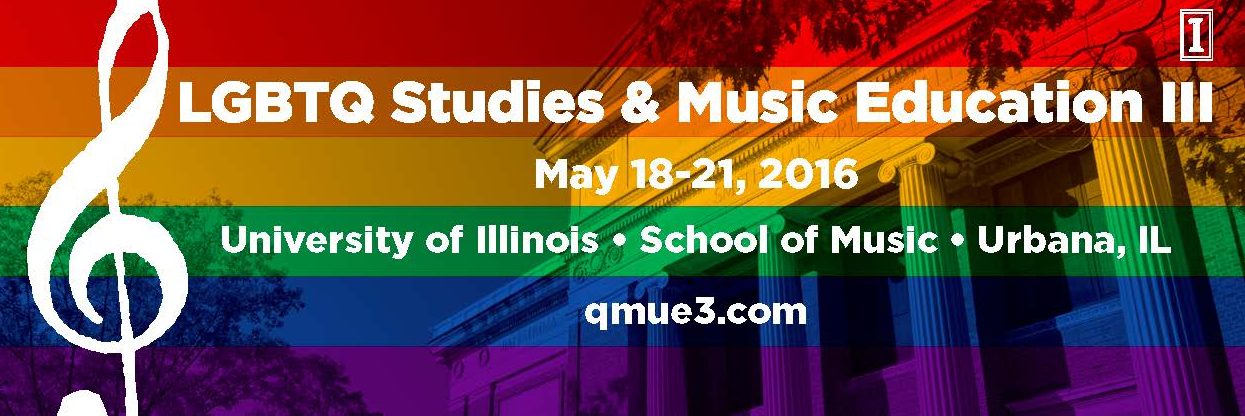miroslav pavle manovski
Birmingham Public Schools
Emma Joy Jampole
University of Wisconsin-Madison
Title:
The Me We’re Supposed to Be: Prodding Gender and Sex-Entity Justice Amid the Guise of Diversity and Inclusion in Music Education
Abstract:
As narrative inquirers work to understand experience from stories lived and told (Clandinin & Connelly, 2000), and autoethnographers create works about/of the self through the lens of culture (Adams, Jones, & Ellis, 2015), our collaboration shall embark a duoethnographic process (Sawyer & Norris, 2013) to evoke a disruption and reformation of discourses, narratives, and perspectives a part of a critical conversation or structured heteroglossia (Bakhtin, 1981; Holquist, 1981) to propel awakenings that healthfully enable sociocultural competency and justice. We shall construct our native voice (Holland, Skinner, Lachicotte, & Cain, 1998) from where we are––wrestling away from masquerading as authentic or idealized people in power amid highly normative, industrialized, and gendered sites of school––allowing the triggering of memory to evolve into a collection of shared experience (Alexander, Moreira, & Kumar, 2015) that exemplifies reality snapshots of two music education scholars from the mid-west, USA.
For example, it is imperative that students and stakeholders of school communities be safe to express their genuine fluid identities. School music is a highly gendered site. Voice ranges are often associated with gender (Green, 1997) and research on gendered choices of musical instruments grows (Abeles, 2009; Pickering & Repacholi, 2001; Hallam, Rogers, & Creech, 2008). Roles in Western art opera, musical theater, and show choir are also highly ritualized and stylized performances of gender (Green, 1997; Butler, 1990/1997; Butler 1993/2011) that may perpetuate generalizations to stereotypes by agentive groups that conceivably marginalize or negatively target people.
Patricia Leavy (2015) reminds that numerous research practices aim to more consciously conceptualize truthful stories about social lives; the stories that we hear or read can make deep and long lasting impressions, the potential to feel more connected, open our eyes to new perspectives, stimulate the development of empathy, self-awareness and reflections, and “me, too moments” (Pelias, 2004). We must make space for those narratives that lay bare opportunities for salubrious responsive learning.

Leave a Reply
You must be logged in to post a comment.